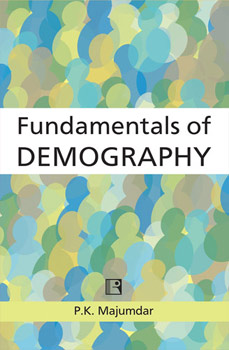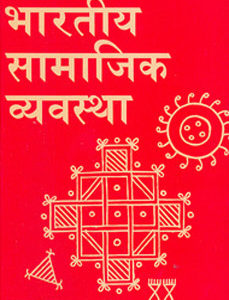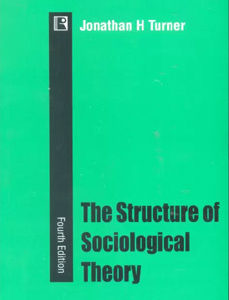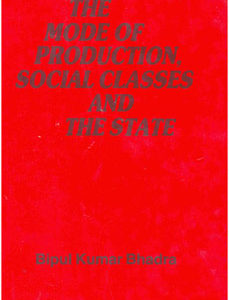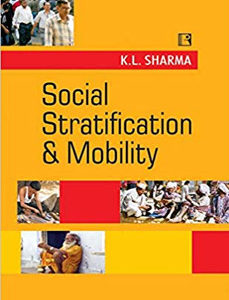FUNDAMENTALS OF DEMOGRAPHY
₹1,795.00 Original price was: ₹1,795.00.₹1,436.00Current price is: ₹1,436.00.
25 in stock
Written in a straightforward and lucid style, the book is an ideal text for undergraduate and graduate students as well as the odd amateur readers taking their first course in demography.
While providing sufficient depth and analytical rigour for use in graduate courses on population dynamics, the book aims at helping students to understand and comprehend the basic tenets of demography with self-explanatory examples and illustrations. This book provides a solid introduction to all the hallmark subjects, methodologies, and debates covered in standard courses on population. Featuring a cross-disciplinary approach to demography using global examples with depth and clarity, it is sociologically oriented, although economics, political science, geography, history, and the other social sciences are also used to inform the materials. Its approach is distinct from other textbooks in the field, and it will shape how new cohorts of students are introduced to topics and problems in demography. Although the emphasis is on demography, the book recognizes that, at the individual level, population change is related to private decisions, especially in relation to fertility, mortality and migration. At the level of countries, and even the world, changes in population size have an important effect on the environmental and related challenges facing the world. Therefore, attention is paid to the broad implications of population growth and change.
CONTENTS
• Growth of World Population: A Historical Analysis
• Demographic Analysis: Some Fundamentals
• Nature and Sources of Demographic Data
• Theories of Population
• Population Composition and its Distribution
• Techniques of Population Analysis
• Fertility: Social and Economic Determinants
• Mortality: Levels, Differentials and Causes of Death
• Migration
• Life Table
• Population Projection
• Human Development
• Population and Development
• Environmental Concern: Road to Rio
• World Population Policies and Programs
| Author's Name | |
|---|---|
| Binding | |
| Release Year | |
| Language | |
| Publisher |
Related products
Sociology
Sociology
Sociology

